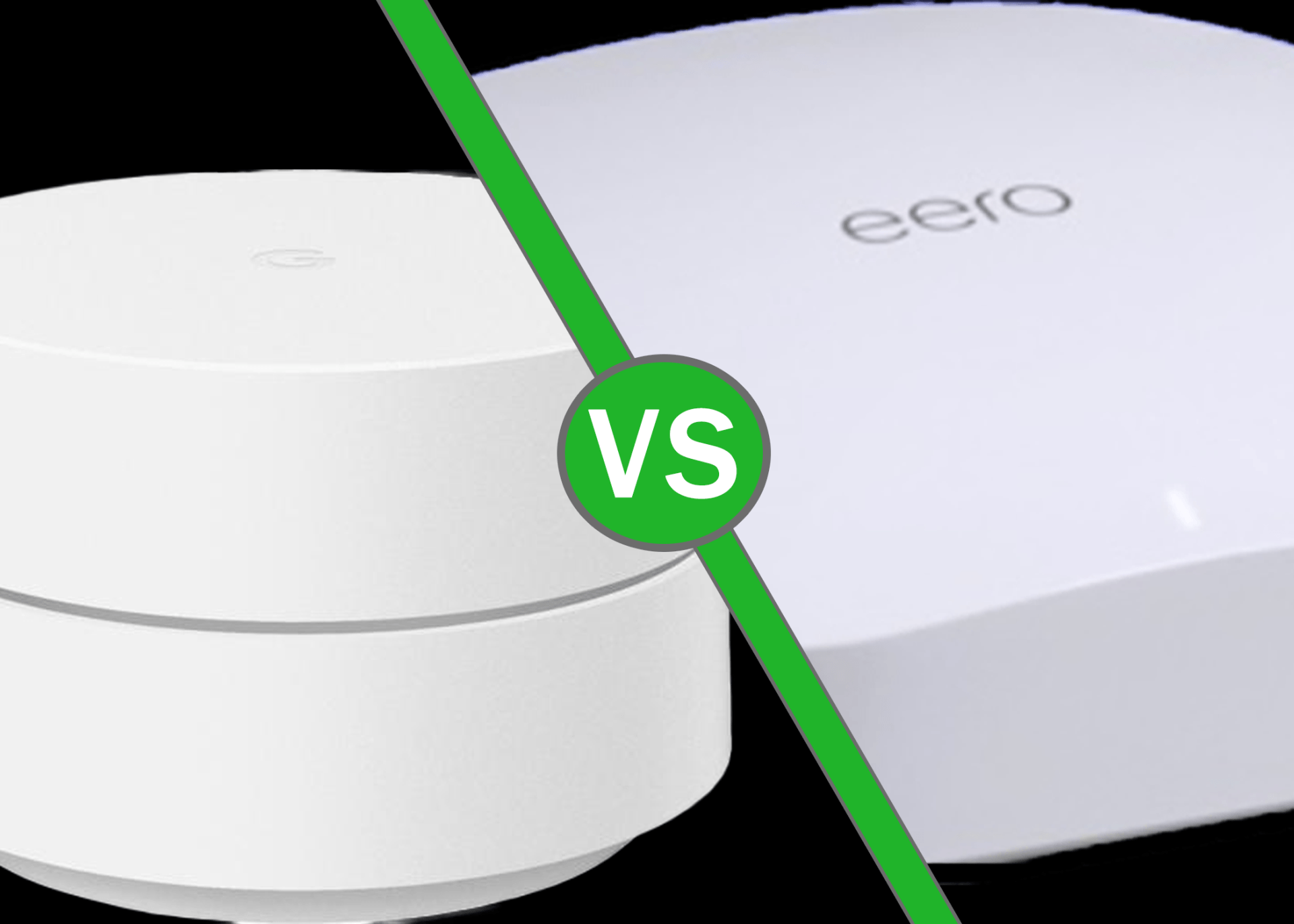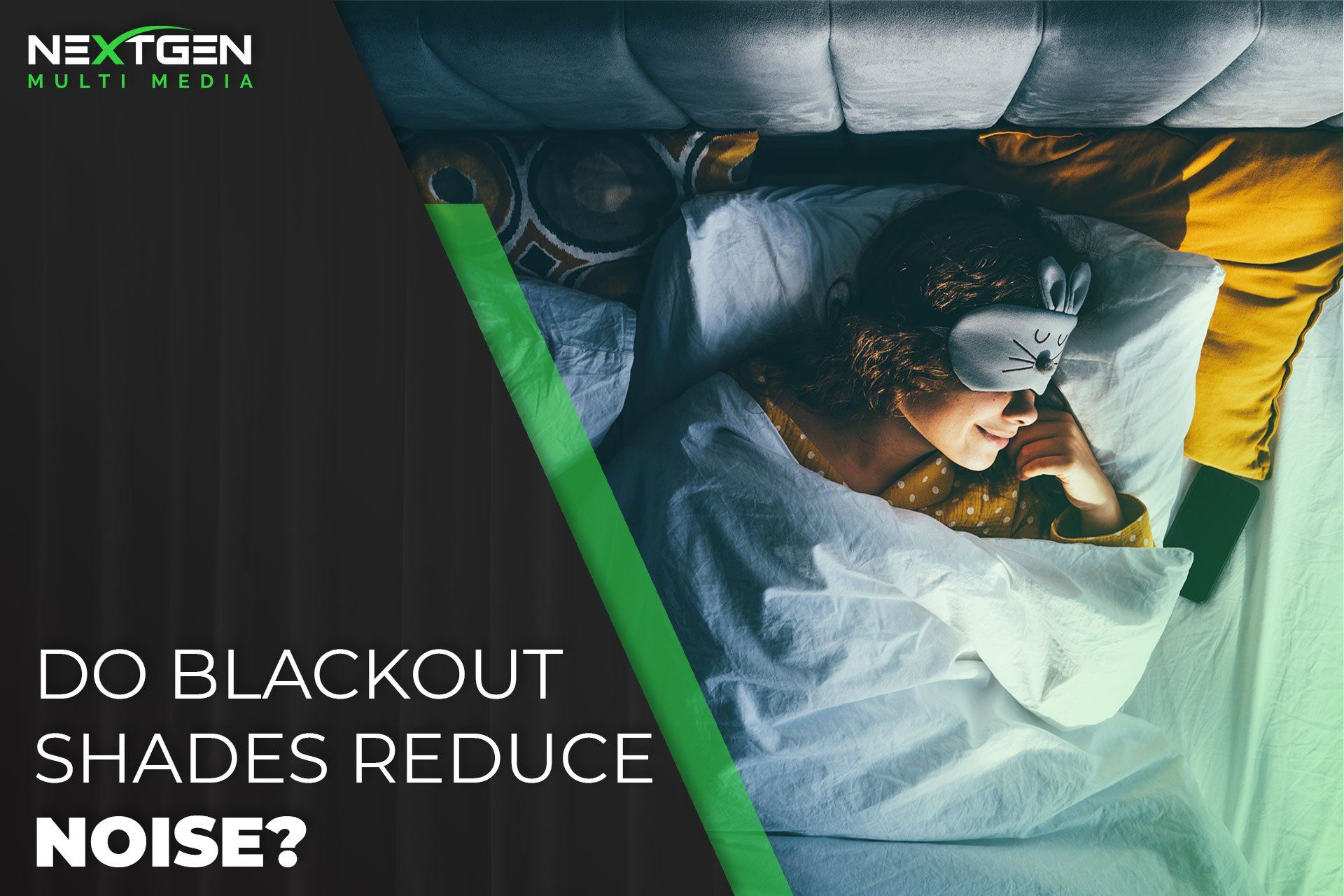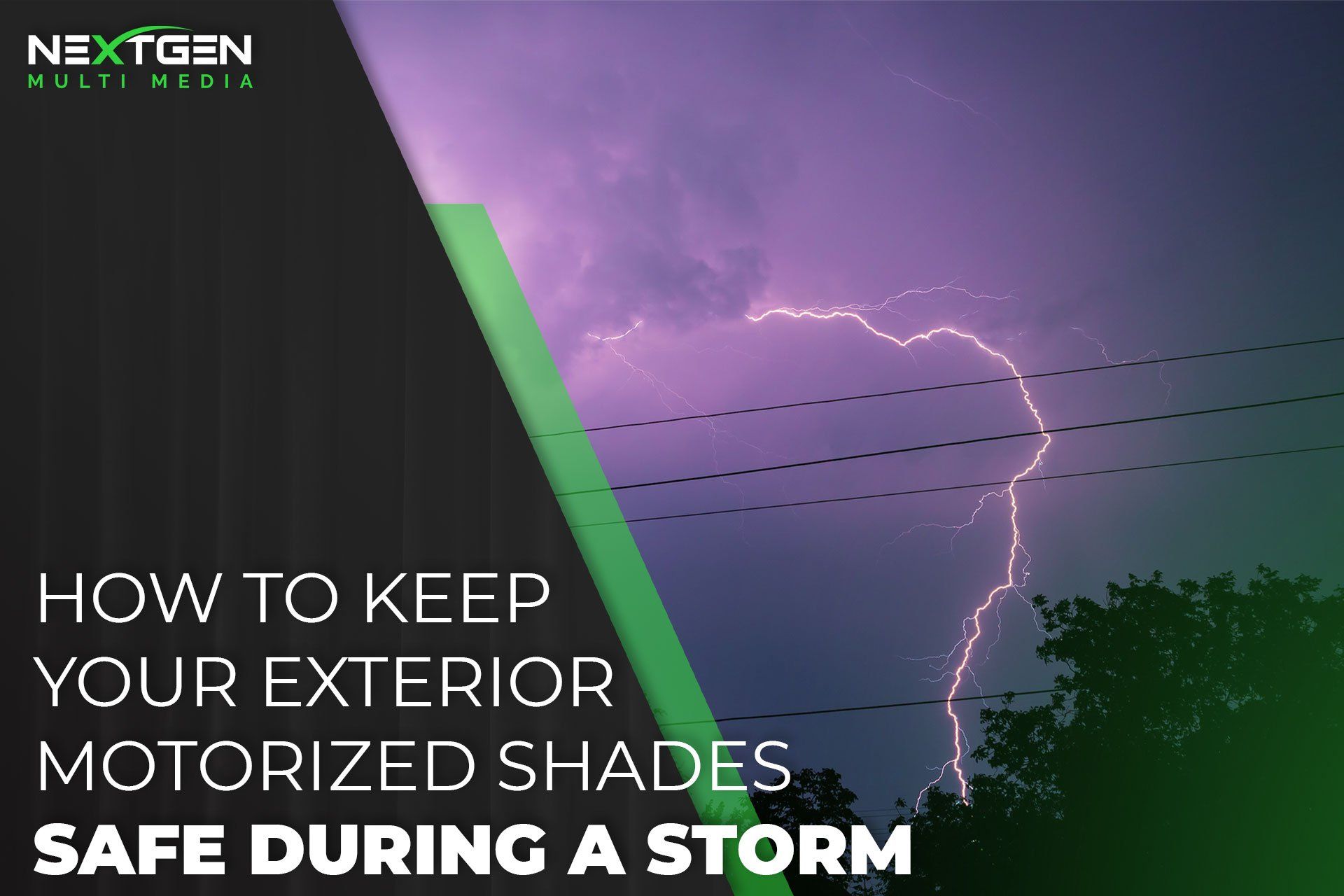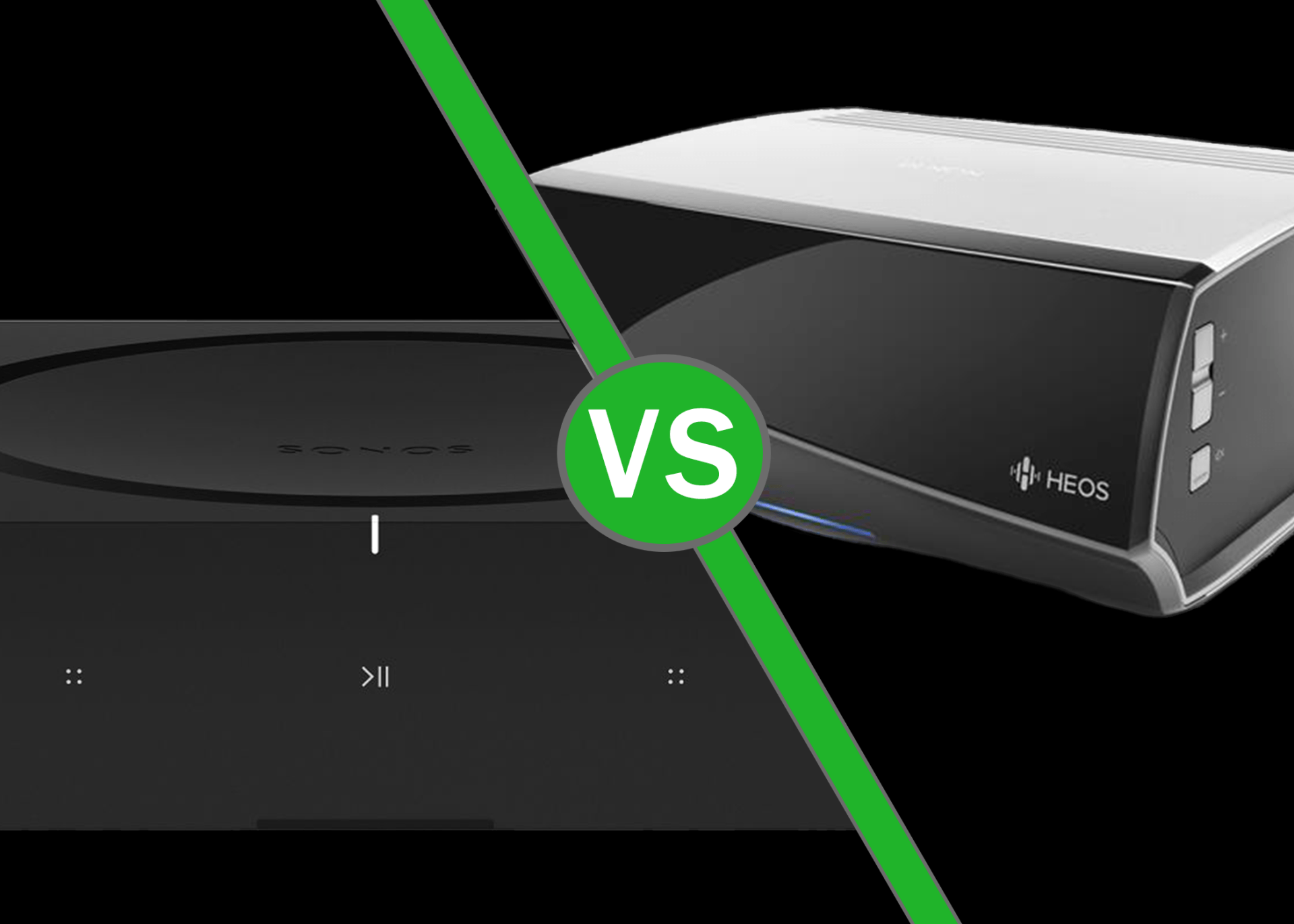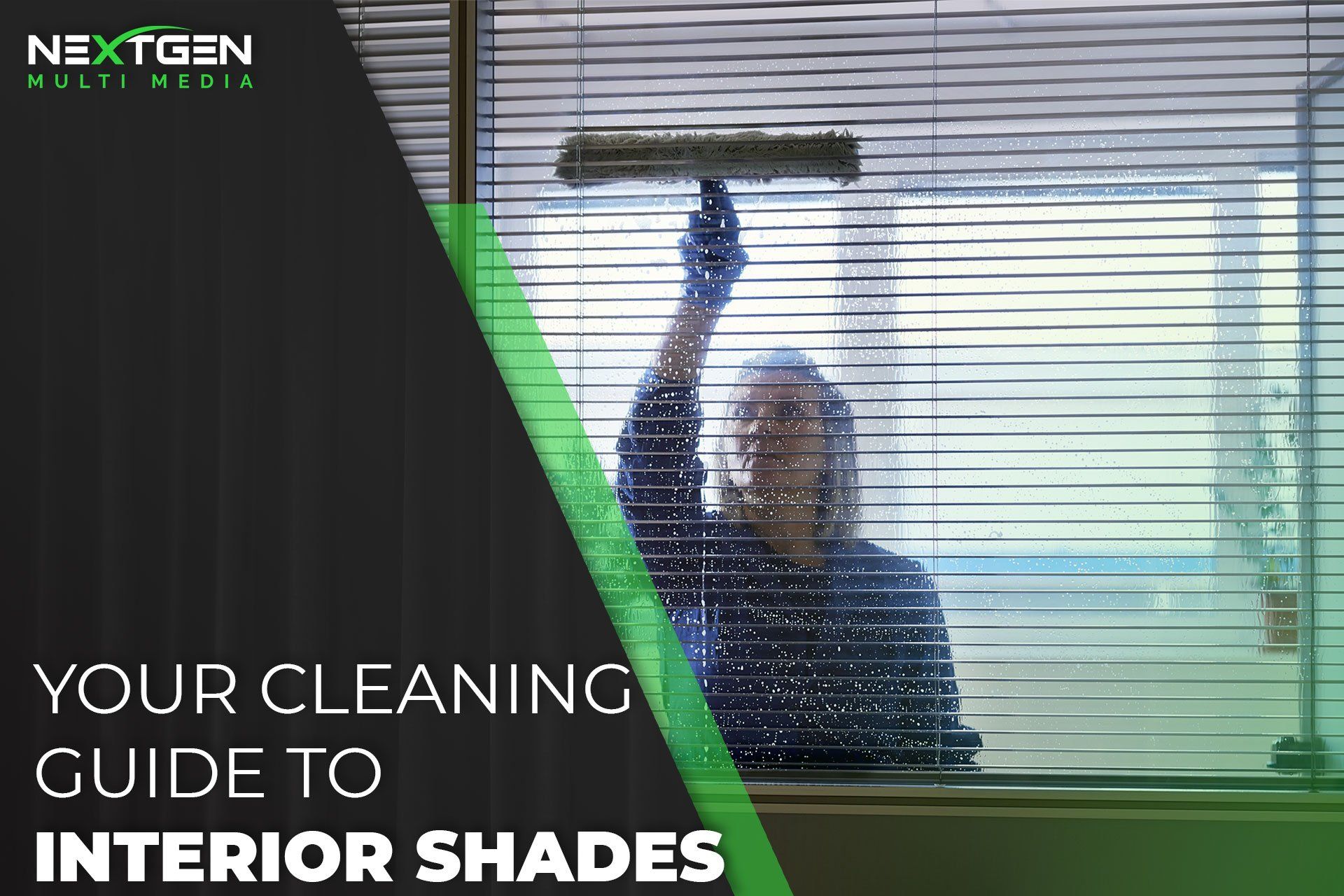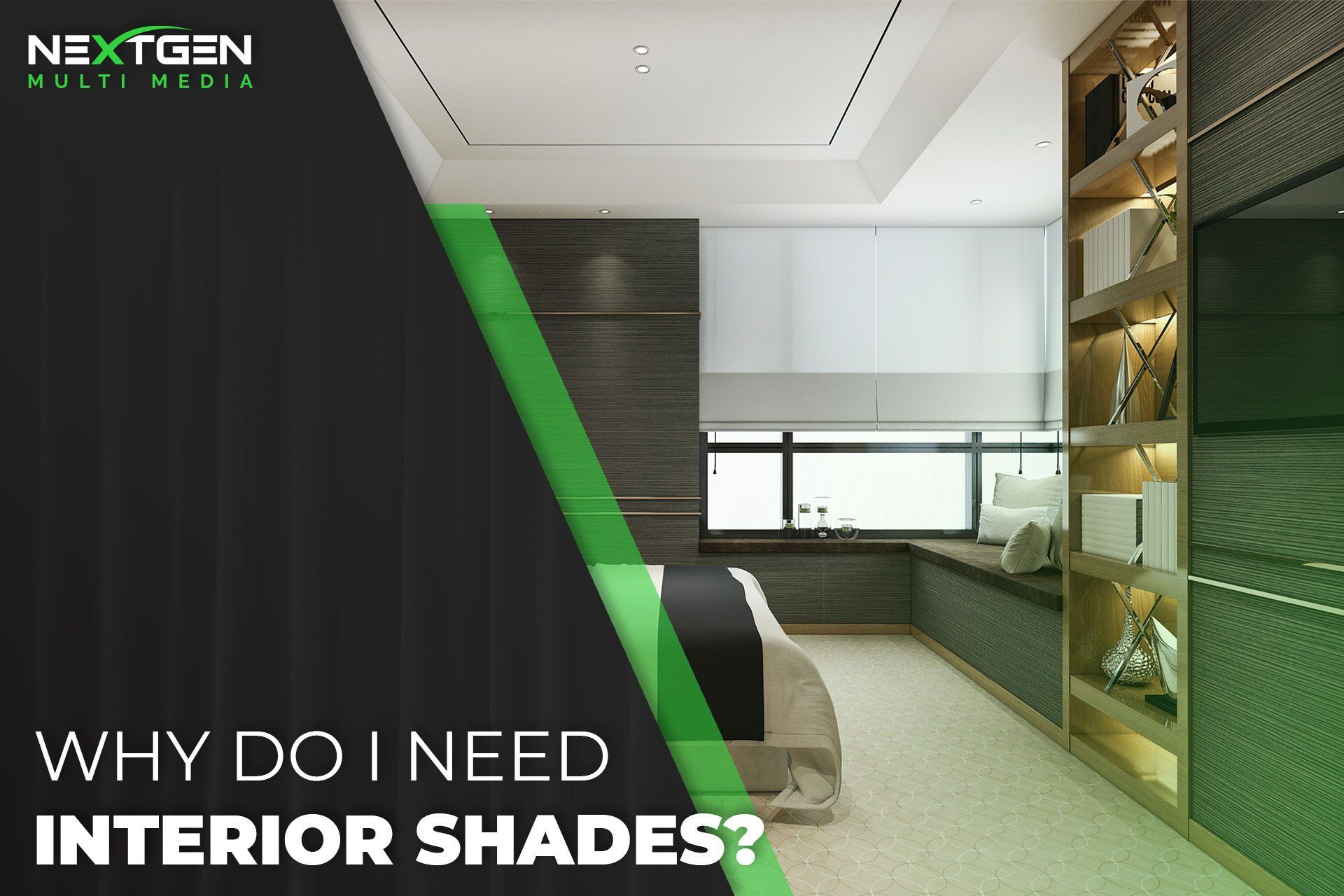The Difference Between Blinds and Shades
The Difference Between Blinds and Shades
Materials
The slats that comprise a set of window blinds are made of a hard material such as wood, metal, or plastic, allowing the slats to maintain their shape and positioning when adjusted and tilted.
Shades are made of flexible, often woven materials such as fabric or bamboo, allowing the shade to easily roll or fold when adjusted.
Opacity & Privacy
Blinds are generally opaque, though thinner slats can be translucent. Light comes in around the edges and between slats. Privacy depends on how the blinds are positioned.
From sheer to blackout, fabric opacity mainly determines how much light shades allow into a room. Privacy varies with shade material and how the shade is positioned.
Controls
Both types of window coverings can be controlled manually with cords, or can be motorized and automated. Blinds also have the capability of angling slats for additional light control.
Versatility
Blinds are generally mounted horizontally, raising and lowering from the top, but vertical blinds are also available.
Shades are mounted horizontally, and typically raise and lower from the top, though newer shades allow both the top and bottom to be adjusted for more control.
Insulation
Blinds do an average job of insulating your windows from unwanted summer heat or winter cold, but are designed more for light control.
Shades, particularly cellular shades, can be excellent insulators.
At Nextgen Multi Media, we offer solutions to make your home more comfortable and convenient, from motorized shades indoors and out to home or business networking and full-scale automation systems. Contact us today to learn more about what we have to offer.
